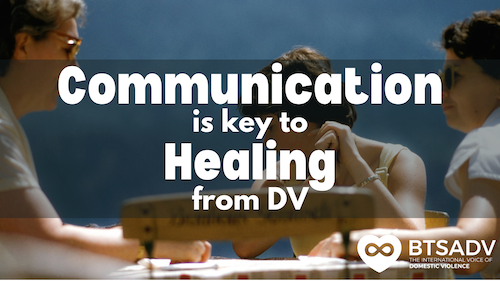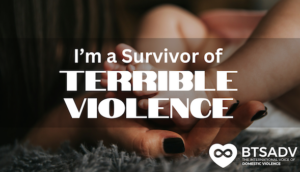By Mikayla Shave
While communication is widely observed to be central to the implementation process, the field of implementation science has largely overlooked the details of how communication may be utilized to better facilitate implementation.
Within organizational changes such as intimate partnership changes, employment changes, and potentially educational changes, communication has been observed outside of implementation science. Like a human resources department (Albright et al., 2021).
But when it comes to healing from domestic violence, how can we take these methods of communication and implement them into our new healthy relationships?
Communication and Moving Forward
The defined nature of domestic violence perpetrated within the context of significant interpersonal relationships. Domestic violence could include violence between a husband and a wife, girlfriend, and boyfriend. As well as LGBTQA+ and children.
Though some authors have exposed that when physical, sexual, and psychological abuse is directed against women partners, it is talking in terms of domestic violence and abuse. While in the same case when it is directed against children, the term child abuse is used much more than domestic violence (Rakovec-Felser, 2014).
DV and Child Abuse Without Open Communication
A common pattern of domestic abuse, especially between intimate partners, is that the perpetrator alternates between violent, abusive, and apologetic behavior with heartfelt promises to change and that the abuser can be very pleasant at times.
This can create extreme doubt for survivors when they transition into a healthy relationship. It’s like we’ve heard the apologies, but they’ve always ended in more abuse so why would accept apologies from genuine people?
How are we supposed to teach our children what healthy communication looks like when we’ve just been handling constant barrages of word-salad?
How to Use Communication
Open communication with those around us about our healing journeys is key to moving forward. Use clear and concise words. Be open and available to those closest to you when you can.
However, if your friends or family is going through domestic violence, be sure to understand the other side of communication. Listening. If they are willing to come to you, then open yourself to listening to what they have to say.
Check These Resources:
- Complete Guide to Mindful Meditation, and Emotional Healing.
- The Hidden Impact of Teen Dating Violence
- Find Support with BTSADV
Support Line
Other Resources and Information:
- Resource Centers | The Administration for Children and Families
- National Domestic Violence Hotline: Domestic Violence Support
- Local Resources for Survivors | The Hotline



